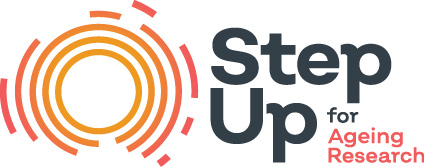How do we measure an individual persons’ quality of life? Two new consumer experience and quality of life assessment tools, designed to improve standards and transparency in aged care, are to be rolled out nationally this year. A team of researchers at Flinders University have been working on the measures, since the Royal Commission into Aged Care Quality and Safety, recognised an urgent need for contemporary and comprehensive indicators of quality in Australian aged care[1].
The tools each encompass six items. The Quality of Life (QOL) tool asks about mobility, pain, emotional wellbeing, independence, social connection, and activities; while the consumer experience tool asks about the respect, support, decision-making, staff skills, social relationships, and complaints within an aged care service.
A measure of the measure
After a rigorous process including a literature review, sector consultation, technical expert input and a pilot in a nationally representative sample of aged care services, a paper published last year, set out to confirm that the QOL tool measures what it purports to measure[2]. Specially, it set out to measure convergent validity, or rather, how closely the tool is related to other tests that measure the same, or similar constructs.
Three hundred recipients of community aged care who were aged 65 years or older, completed the two new tools, alongside established measures of self-reported personal health, wellbeing, and social care. Over half of the participants were receiving higher-level care, and just under half were living alone.
The study found that respondents with poorer health status, wellbeing and/or higher-level care needs demonstrated lower quality of life scores. This was taken as evidence of the QOL measure being a valid and robust measure for use in Australian aged care.
A crucial tool for supporting quality improvement
The data was limited in that the study was conducted during the time of COVID-19, and for this reason only participants savvy with technology were included. Moreover, the study was not able to include culturally diverse populations unable to read English. Nonetheless, the new measures are an integral part of making measurement and public reporting of QOL across service providers public. The tools can assist aged care providers to benchmark their service against national standards, and ultimately, hopefully lead to better outcomes for older Australians.
